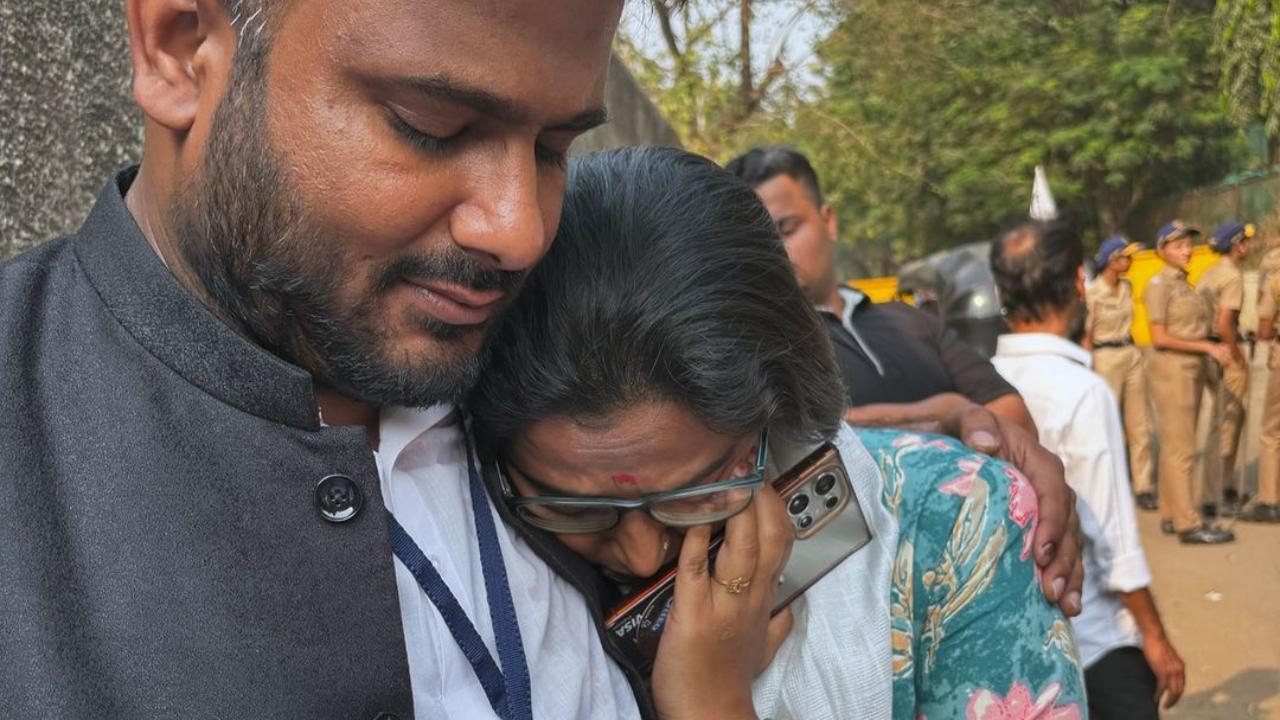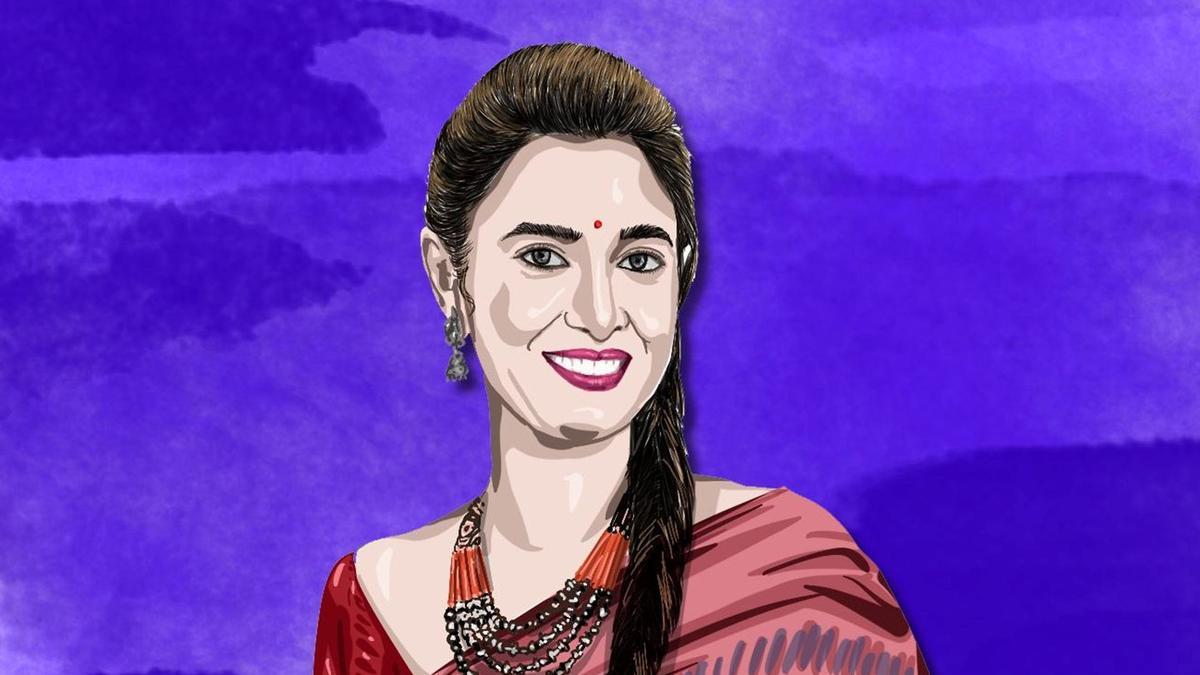
On the first day of the Chhath Mahaparv, Sharda Sinha, the voice synonymous with the four-day festivities in Bihar, Jharkhand and Uttar Pradesh, and among the natives of these States spread across the world, fell silent. The 72-year-old doyenne of Bhojpuri and Maithili folk songs had multiple myeloma.
She departed the world on Nahay-Khaye, which kick-started the festival, and her mortal remains were cremated on the ghats of the Ganga on the third day, almost as an offering to Chhathi Maiyaa, whom she always sang in praise of.
One of the most poignant moments shared from her final stay at AIIMS, Delhi, was a video of her on oxygen support, somehow sitting upright on a chair for her daily riyaz. She lost her husband Brijkishore Sinha in September this year, and chose to sing a heart-rending thumri — Saiya nikas gaye, main na ladi thi, dus darvaze band kiye thay, na jane kaunsi khidki khuli thi (My love is gone. I did not fight with him. I’d closed 10 doors, I wonder which window was left open).
Women performing rituals during the Chhath Puja.
| Photo Credit:
Courtesy: ANUSHREE FADNAVIS
Sharda released a song for Chhath this year too, without much ado, from the hospital. Aptly titled, Dukhwa mitayein Chhathi Maiyya, it was a call to the goddess to relieve her of pain.
Sharda was a torchbearer of Bihar’s folk tradition, who fiercely protected the richness of Bhojpuri and Maithili languages. Her voice connected people to their roots, gave them a sense of pride and was an indispensable part of their lives.
Known lovingly as Bihar’s ‘Kokila’ (nightingale), Sharda’s voice was all about emotion. She didn’t just stop with singing folk songs; she revived them by creating a bridge between the past and the present and between nondescript hamlets and the world.
Sharda was born in a village in Bihar. From her early years, she was drawn to the rhythm and stories embedded in the songs of her homeland. For her, they were oral histories. Her rendition of poet-saint Maithil Kavi Kokil Vidyapati’s works established her firmly in the world of folk. Her interest in music blossomed at a time when folk music was largely relegated to rural communities, and was seen as something alien by mainstream media.
But Sharda felt she had a responsibility to carry the music of her people to a wider audience. And, she fulfilled it beautifully. At a time when women merely stepping out of their houses was a significant feat, she became a standout star and a disruptor. She brought dignity to women’s presence in the art world, teaching everyone that an artiste can become an ambassador of culture, language and a region.
At a time when art turned commercial and when Bhojpuri songs touched the heights of vulgarity, she kept singing her brand of music, and managed to draw in the audience. She ensured Bhojpuri songs got the respect they deserved.
Sharda was also known for her wedding songs (vivah geet) narrate the emotional journey of a bride leaving her family and entering a new life. Her voice gave these traditional songs a contemporary resonance; making music became an intrinsic part of weddings across the globe.
Sharda’s repertoire included work songs and lullabies too. They captured rural life’s subtle cadences. She shared the unspoken stories of mothers, sisters, and daughters in rural India, offering listeners a glimpse into the lives of those who laboured quietly, sang softly, and loved fiercely.
Sharda also ventured into Hindi and Magahi (also known as Magadhi), further expanding her cultural footprint. She ensured that each song retained its regional essence, refusing to dilute the dialects or rhythms that made these songs unique. She brought raw, unembellished folk sounds to mainstream cinema. Among her popular film songs are ‘Kahe toh se sajna’ from Maine Pyaar Kiya, ‘Babul jo tumne sikhaya’ from Hum Aapke Hain Kaun and ‘Taar bijli se patle’ from Gangs of Wasseypur 2.
Sharda remained a daughter of Bihar, loyal to the soil that birthed her music and her dreams. Her life and career were a testament to the importance of preserving regional identities within the broader Indian cultural mosaic. In an era, where popular trends often overshadow folk music, Sharda Sinha managed to carve out a niche uniquely hers. She was an artist who respected her roots, but wasn’t afraid to adapt to newer ways of outreach, be it an Instagram reel or a YouTube release.
Sharda Sinha may have departed, but has left a legacy in the voices of those who will sing her songs, in the rituals carried out to her tunes, and in the hearts of millions who will remember her as a symbol of an unbroken cultural continuum.
Published – November 12, 2024 02:50 pm IST
Friday Review
/
Bihar
/
Within or Without Music
/
music
/
folk music










